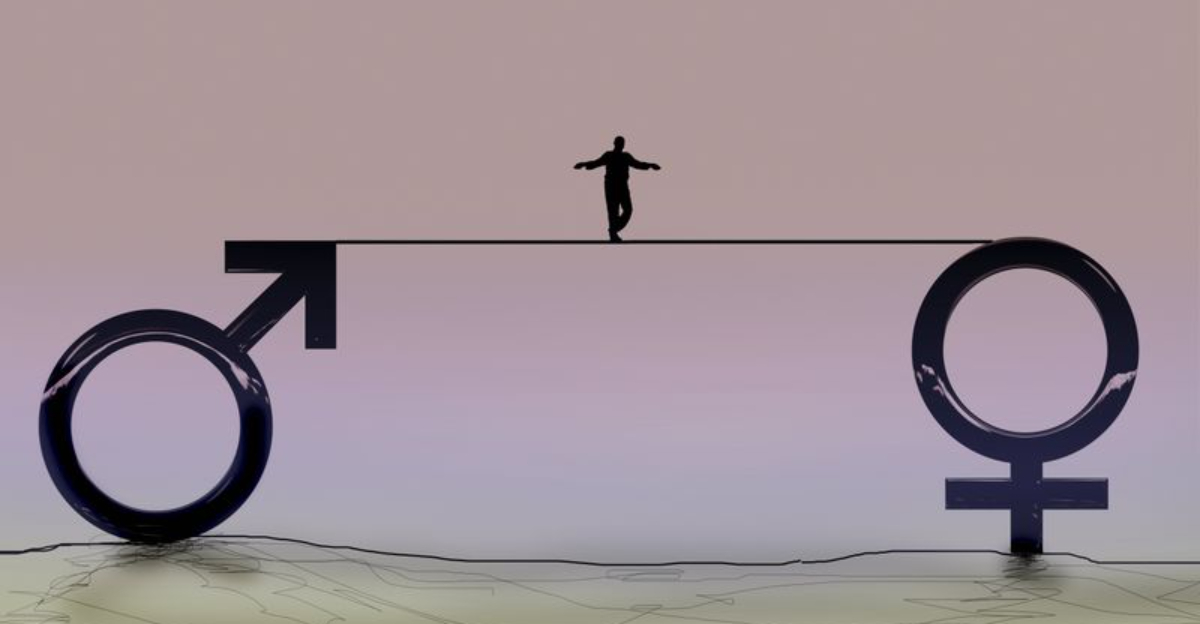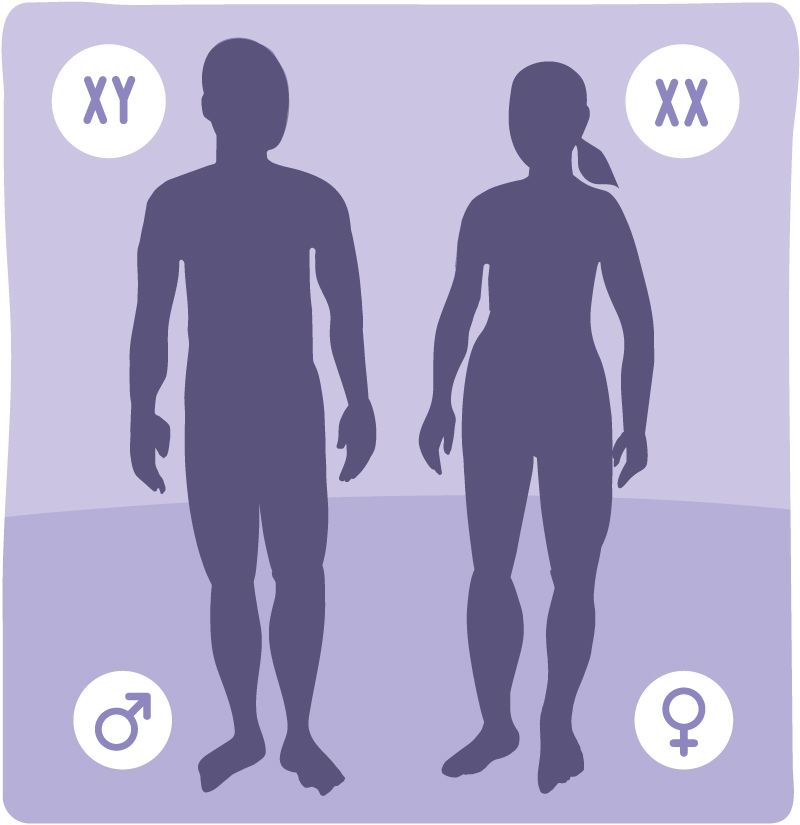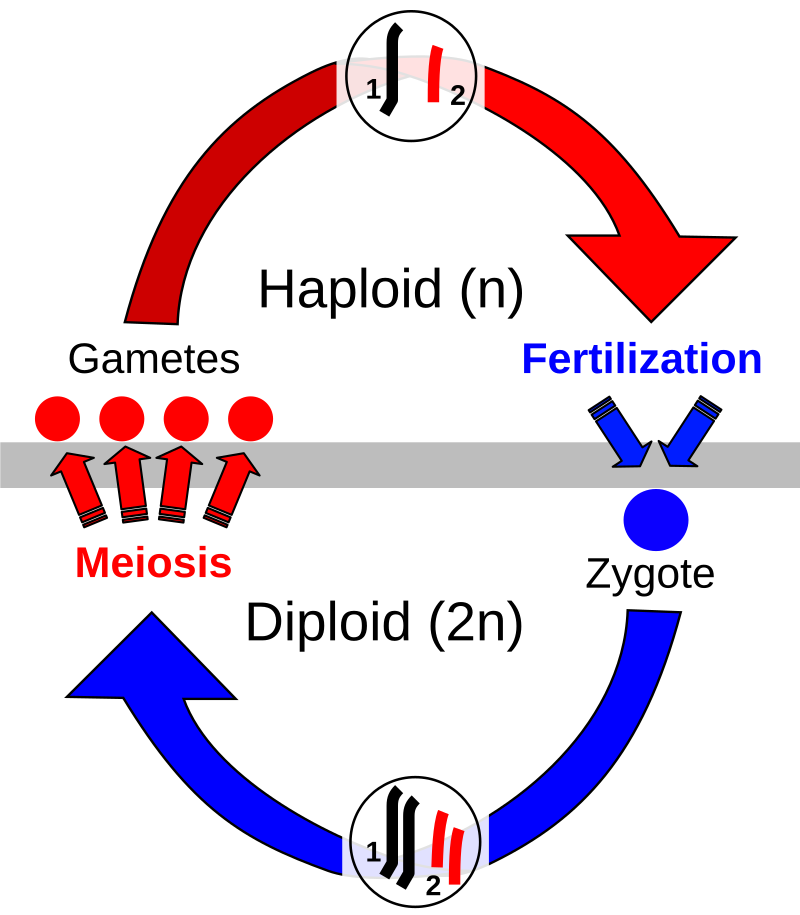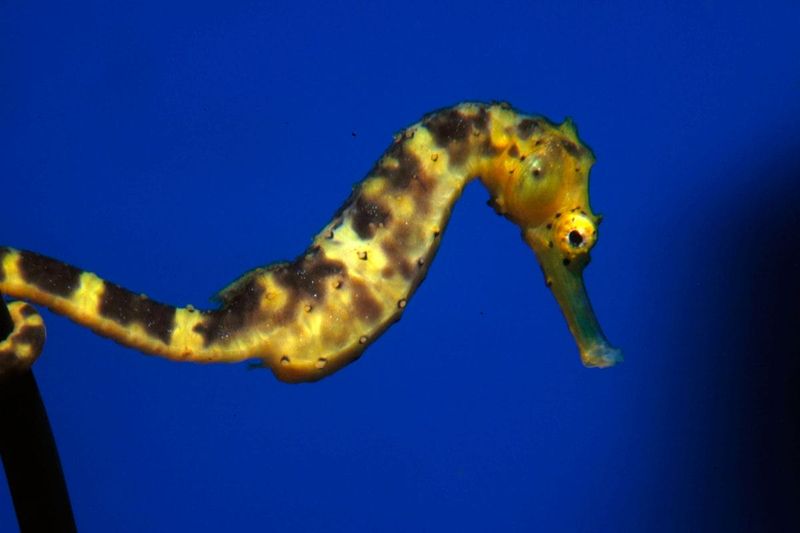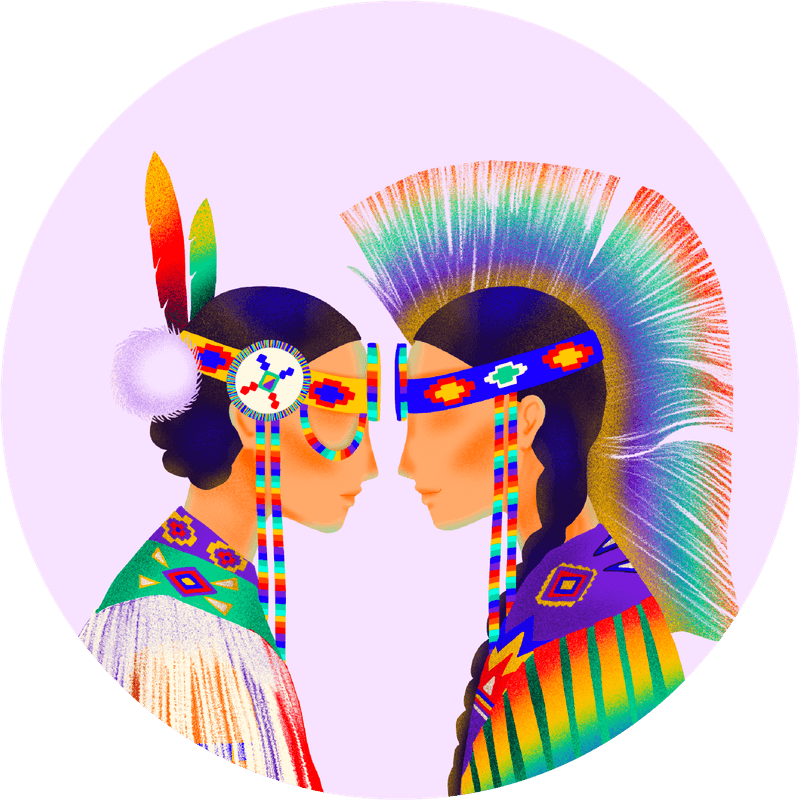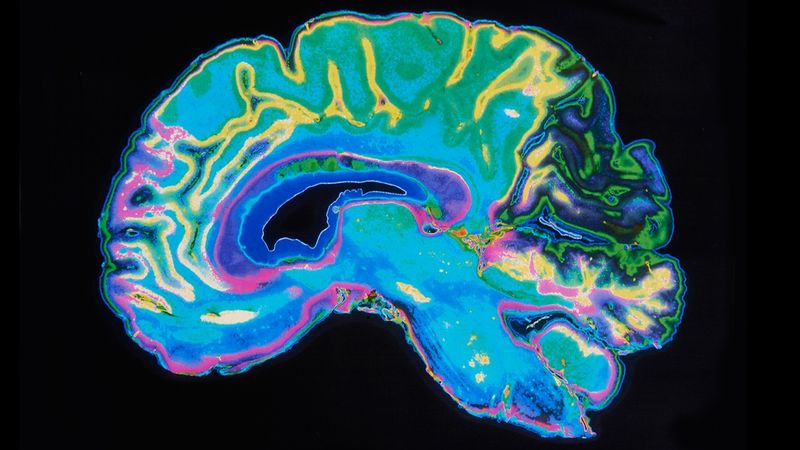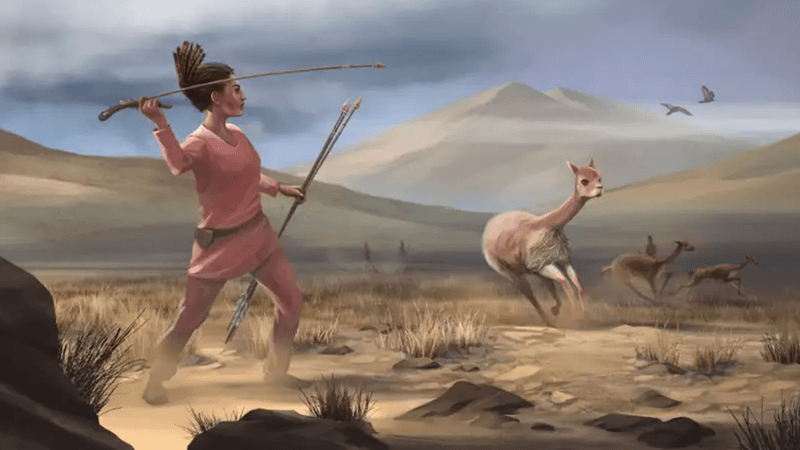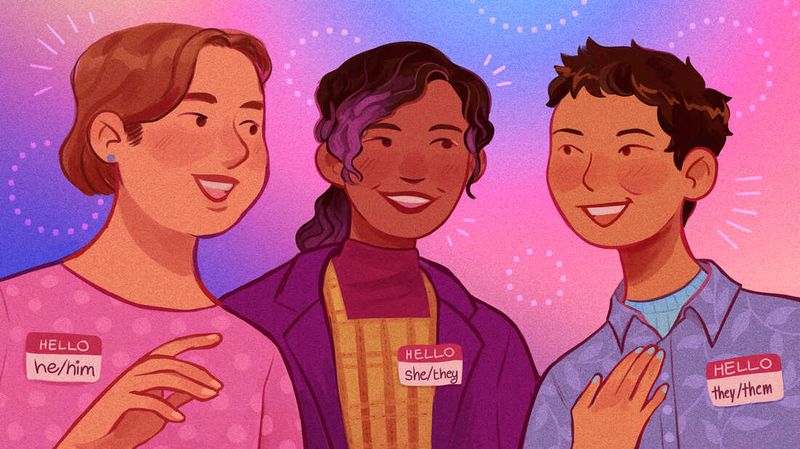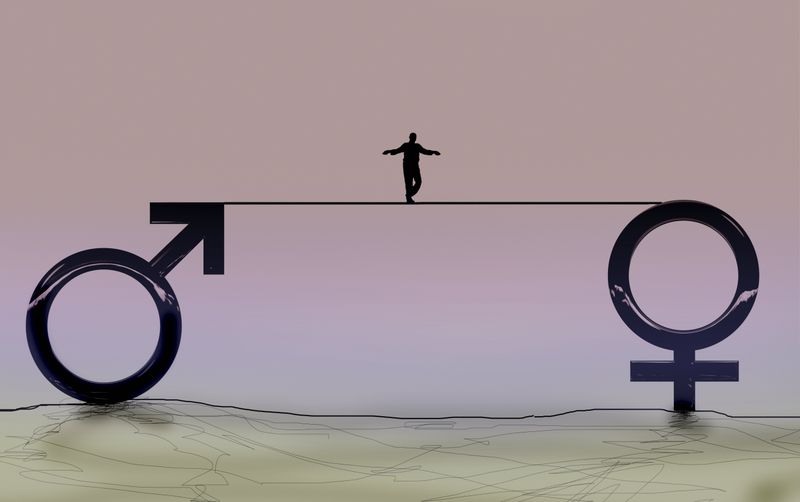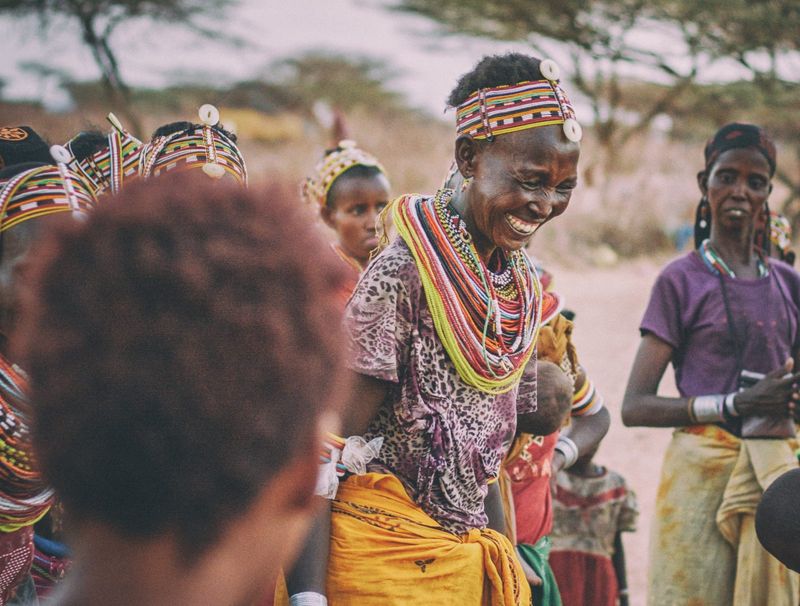Many people believe that gender roles come straight from nature, but evolution tells a different story. While biological sex has clear evolutionary roots, the gender roles we see today are largely human inventions.
Scientists have discovered fascinating evidence that challenges our assumptions about what’s “natural” when it comes to gender behavior and identity.
1. Sex and Gender Are Completely Different Things
Biological sex comes from chromosomes, hormones, and body parts that help animals reproduce. Gender roles, however, are the jobs and behaviors that human societies decide should go with each sex.
Evolution created males and females for reproduction over millions of years. But nowhere in nature’s rulebook does it say that pink belongs to girls or that boys can’t cry.
Understanding this difference helps us see that many gender expectations are human-made, not nature-made.
2. Evolution Created Reproduction, Not Job Assignments
Sexual reproduction started over a billion years ago as a survival strategy. Males and females evolved different body parts and some different average traits to help species continue.
But evolution never assigned specific careers, colors, or personality types to each sex. Natural selection cares about survival and reproduction, not whether someone wears a dress or becomes a nurse.
The traits that helped our ancestors survive don’t automatically translate into modern gender rules.
3. Animals Break Gender Rules All the Time
Clownfish completely change from male to female when their group needs a new leader. Some bird species have females that are bigger, stronger, and more colorful than males.
Seahorses let males carry and give birth to babies. Many mammals show role reversals where females fight and males do most of the childcare.
If gender roles were truly natural and fixed, we wouldn’t see such wild variety in the animal kingdom.
4. Human Cultures Prove Gender Is Flexible
Around the world and throughout history, different cultures have completely different ideas about gender. Some Native American tribes recognize Two-Spirit people who embody both masculine and feminine qualities.
What counts as “manly” or “womanly” changes dramatically from place to place and time to time. High heels were originally worn by men, and pink used to be considered a boy’s color.
This cultural variety shows that gender roles are learned, not hardwired.
5. Brains Don’t Come in Male and Female Models
Modern brain science reveals that human brains are like mixed puzzles, not separate male and female types. Each person has a unique combination of traits that don’t fit neatly into categories.
Hormones like testosterone and estrogen can influence behavior, but they don’t create rigid personality types. Evolution designed flexible, adaptable brains that can handle many different situations and roles.
No brain scan can definitively tell you someone’s gender identity or what they should be good at.
6. Survival Rewards Flexibility, Not Rigid Roles
Throughout human history, survival often depended on everyone being able to do whatever was needed. During tough times, rigid gender roles could mean death for a group.
Natural selection rewards individuals who can adapt to their environment and help their community thrive. Someone who insists on following strict gender rules instead of helping when needed wouldn’t survive long.
Evolution favors diversity and cooperation over conformity to social expectations.
7. Gender Expression Serves Social Purposes
Some scientists think that gendered behavior might help people signal their social role, attract partners, or organize group activities. But these are flexible strategies that change based on what a society needs.
Like peacock feathers or wolf pack hierarchies, human gender expression might be partly about communication and social organization. The key difference is that humans can consciously choose and change these signals.
Biology provides tools; culture decides how to use them.
8. Science Shows Gender Exists on a Spectrum
Modern research in genetics, hormones, and psychology reveals that gender traits exist on a continuous spectrum rather than in two separate boxes. Intersex individuals, born with variations in chromosomes or anatomy, naturally challenge the binary model.
These variations aren’t rare mistakes – they’re normal examples of human diversity. Evolution doesn’t demand that everyone fit into neat categories.
Scientific evidence supports the idea that gender naturally varies among individuals.
9. Society Shapes Gender More Than Genes Do
Different social structures throughout history have created vastly different gender expectations. Patriarchal societies emphasize male dominance, while matriarchal cultures center female leadership.
Cultural evolution happens much faster than biological evolution. This means societies can completely change their gender norms within a few generations, even though human biology stays relatively the same.
Social pressure often has more influence on gender roles than evolutionary programming does.
10. Biology and Culture Work Together
Gender is both a human creation and influenced by biology. Societies build gender roles and expectations, but they often start with biological differences like average size or hormone levels.
Evolution provides a foundation through biological sex, but it doesn’t write the final rules. Like a recipe that can be modified, biology gives ingredients while culture decides what to cook.
Understanding this partnership helps us see that gender can be both real and changeable.
